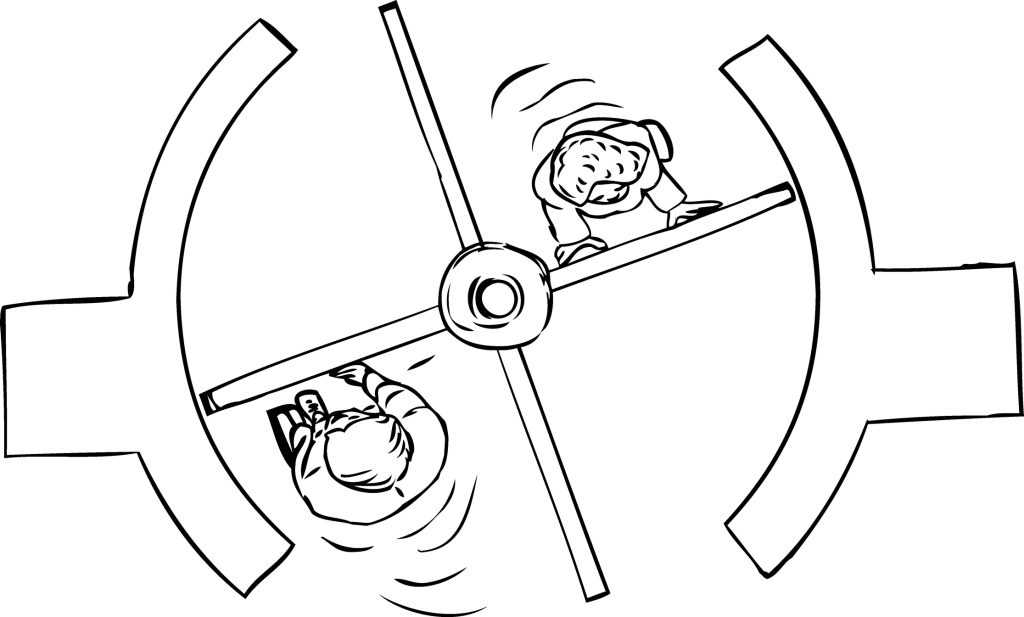Staff turnover refers to the number of employees who leave a company and need to be replaced within a specific time frame. Understanding staff turnover is crucial for maintaining a productive and engaged workforce. But is low staff turnover always better than high turnover? And what is the ideal staff turnover rate?
Low Staff Turnover
Low staff turnover means fewer employees leave the company. While there isn’t a specific percentage that defines low turnover, comparing your company’s turnover rate to the UK’s average is a good starting point. According to Monster, the average staff turnover rate in the UK is about 15% annually. This percentage can help you gauge whether your company’s turnover is above or below average.
Low staff turnover isn’t inherently a bad thing. It can be beneficial, allowing you to retain experienced and knowledgeable employees. However, it’s essential to identify who is leaving. Losing key employees can have a more significant impact than losing those less engaged or unproductive.
High Staff Turnover
High staff turnover indicates that many employees are leaving the company. You might face challenges if your turnover rate is higher than the UK average. However, not all turnover is negative. Employees may leave for retirement, travel, or career changes, which are often unavoidable.
Problems arise when valuable employees leave due to dissatisfaction or to join competitors. This scenario demands attention because each departure costs the company time and money in recruiting and training replacements. Understanding why employees leave and creating strategies to retain them is essential.
What is the Ideal staff turnover rate?
The ideal staff turnover rate varies by industry and company. For example, industries with a young workforce, like retail, often experience higher turnover due to employees leaving for further education or other jobs. It’s important to compare your turnover rate to industry averages and focus on retaining loyal, hardworking employees rather than getting fixated on the numbers.
Calculating employee turnover rate
To measure employee turnover, you need to follow these steps:
Collect Information:
- Number of employees at the beginning of the period.
- Number of employees at the end of the period.
- Total number of employees who left during the period.
- Calculate the average number of employees:
Add the number of employees at the start and end of the period, then divide by two.
Calculate the turnover rate percentage:
Divide the number of employees left by the average number, then multiply by 100.
Analysing your turnover rate
To improve employee retention, analyse your turnover rate by answering these questions:
Which employees are leaving?
Determine if senior or critical staff are leaving, which can indicate deeper issues.
Why are employees leaving?
Investigate the reasons behind employee departures, such as inadequate training, poor job fit, or compensation issues.
Are there any patterns?
Look for trends, such as increased departures after annual reviews, which might signal dissatisfaction with feedback or management practices.
Reasons for high turnover
- Common reasons include:
- Lack of work-life balance.
- Overwhelming workload or unrealistic expectations.
- Poor workplace culture.
- Inadequate pay or benefits.
- Lack of career development opportunities.
Reasons for low turnover
A low turnover rate might be due to:
- Competitive pay.
- Positive workplace culture.
- Engaged employees.
- Good communication between management and staff.
- Attractive benefits and incentives.
- How to Increase Employee Retention
- To reduce turnover and retain top talent:
Engage employees: Keep employees engaged through meaningful work and involvement in company decisions.
- Celebrate achievements: Regularly recognise and reward employee contributions.
- Listen to employees: Address concerns and make necessary changes.
- Hold one-to-one meetings: Discuss performance and career development regularly.
- Offer flexible working hours: Provide options to balance work and personal life.
- Competitive salaries: Ensure salaries are in line with industry standards.
- Conduct exit interviews: Gather insights from departing employees to improve the work environment.
Conclusion
Understanding and managing staff turnover is vital for maintaining a productive and engaged workforce.By analysing turnover rates and implementing strategies to retain employees, companies can reduce hiring and training costs and foster a positive work environment.
Ready to get started? Use our staff turnover calculator to measure your employee turnover rate and identify areas for improvement.
